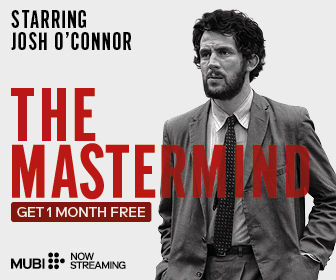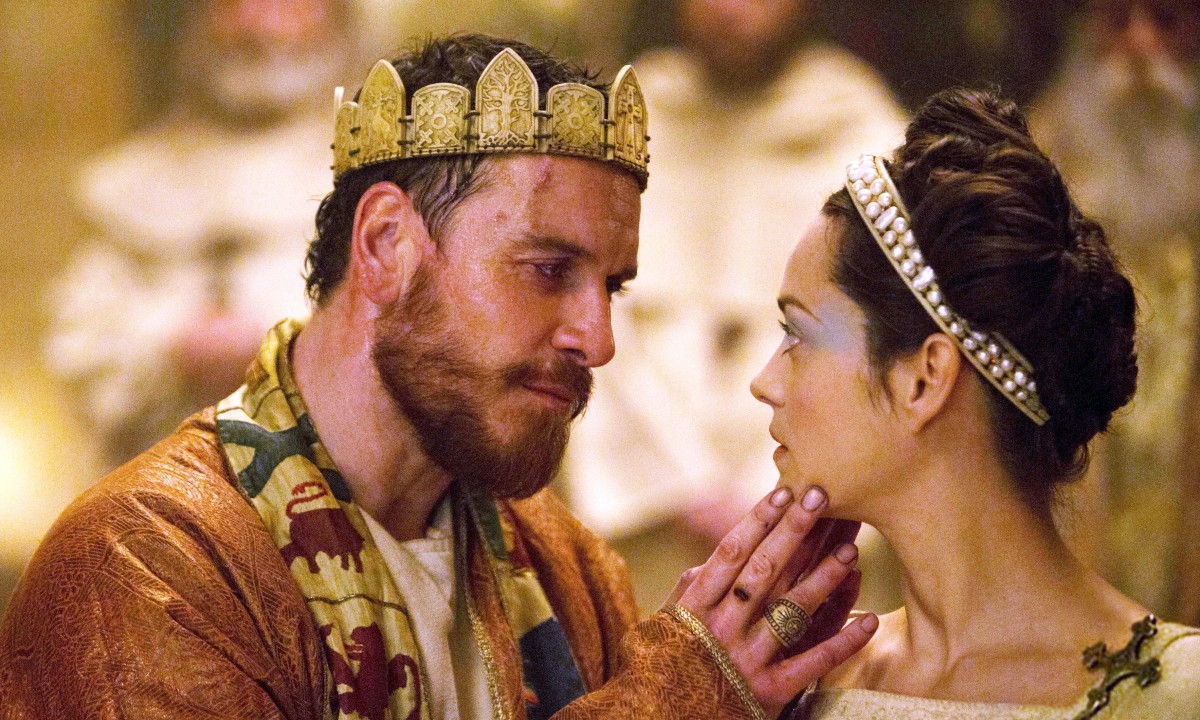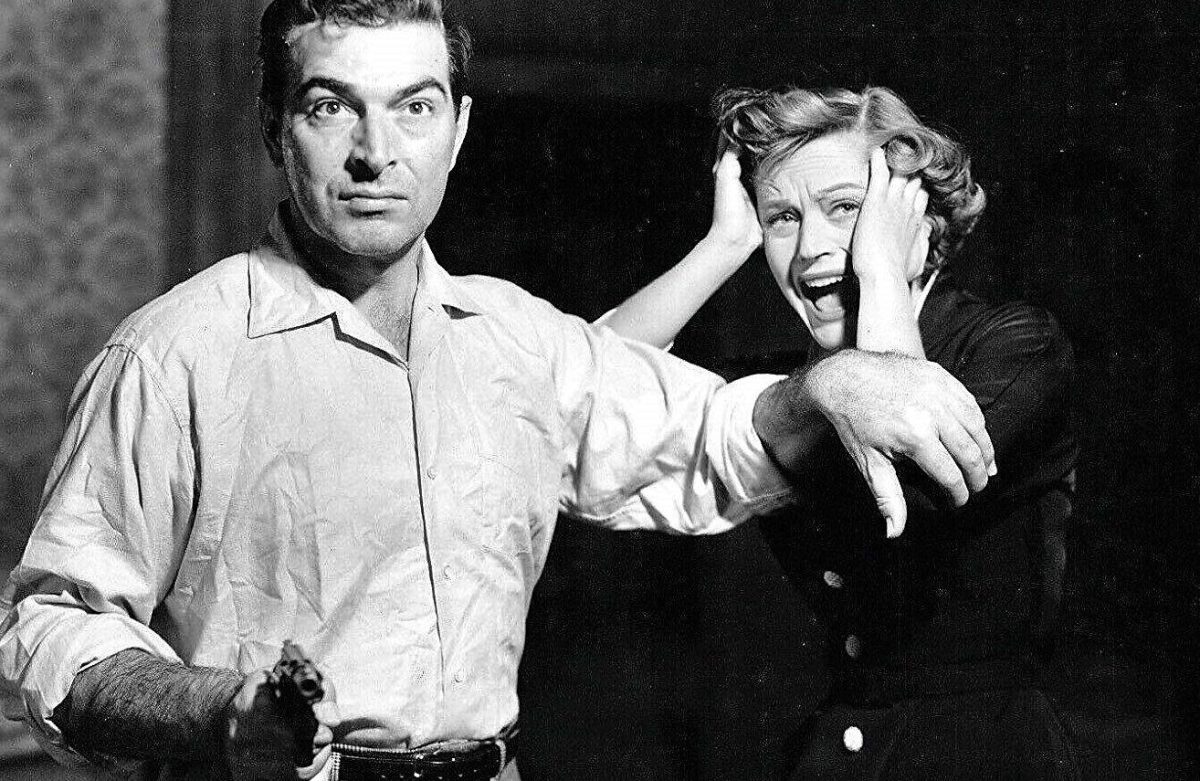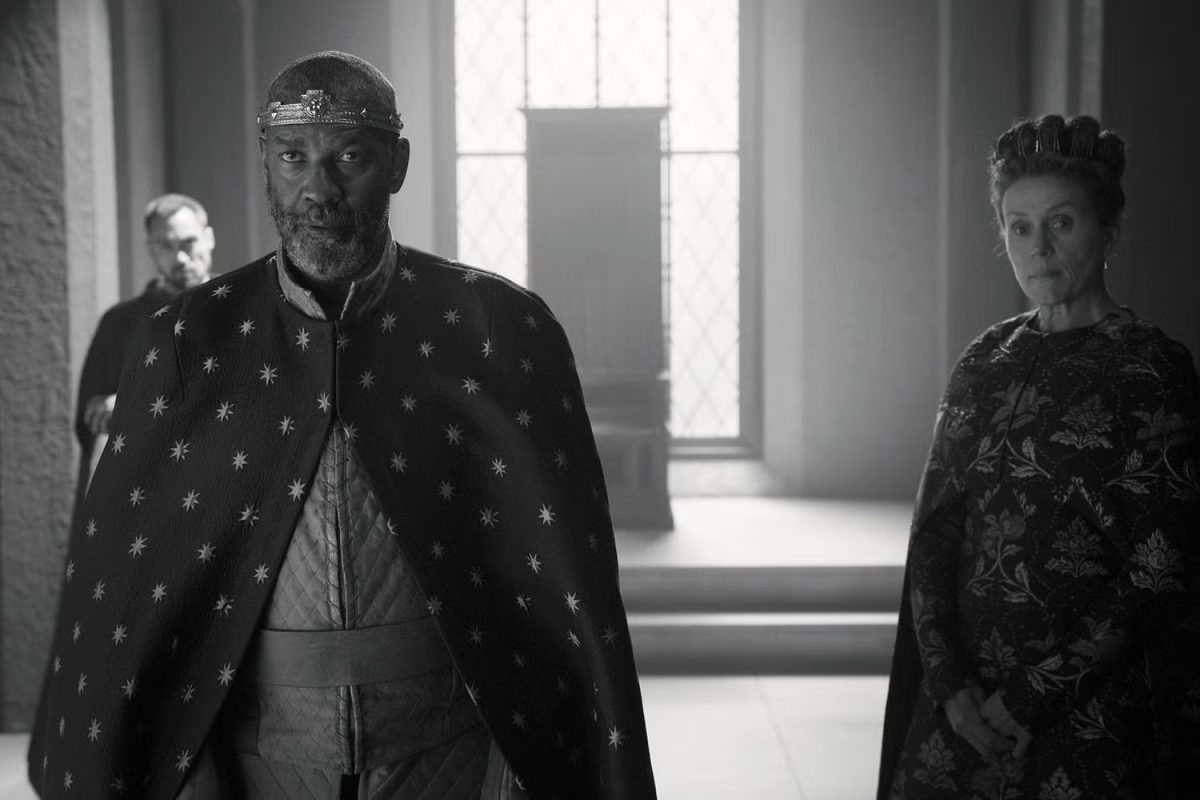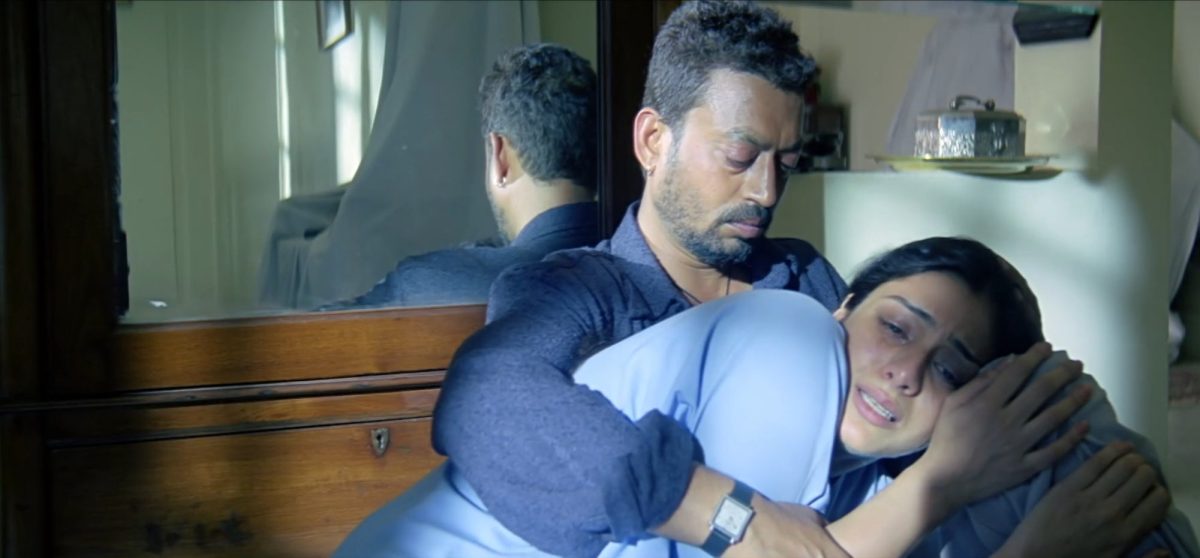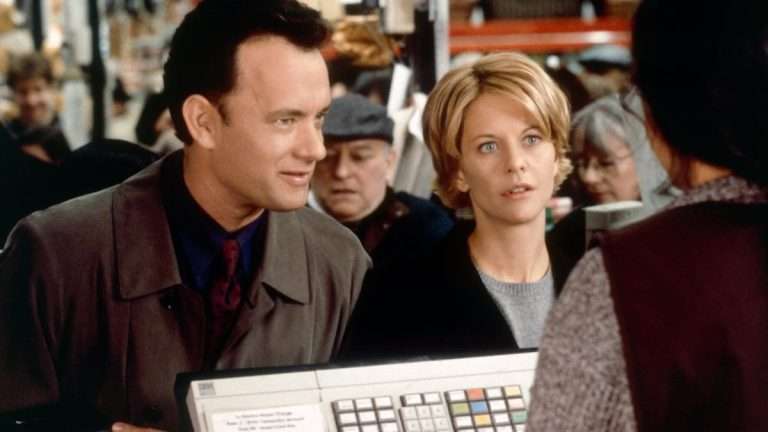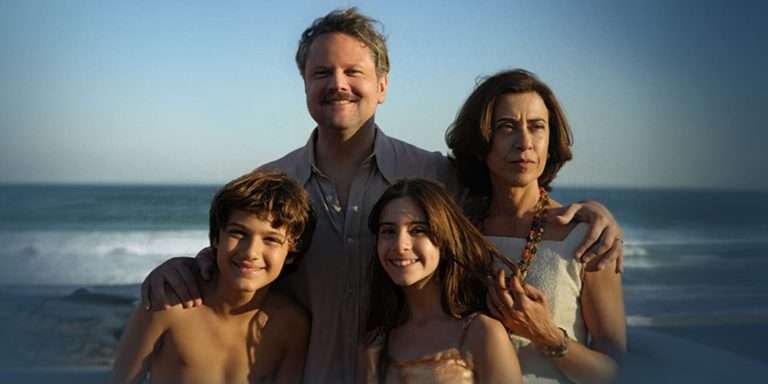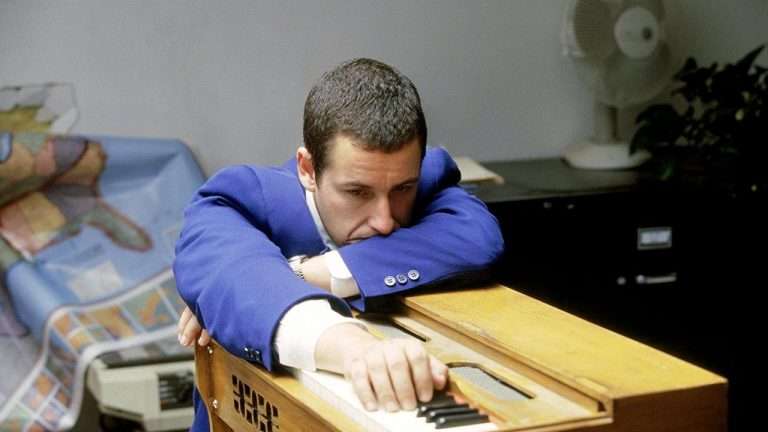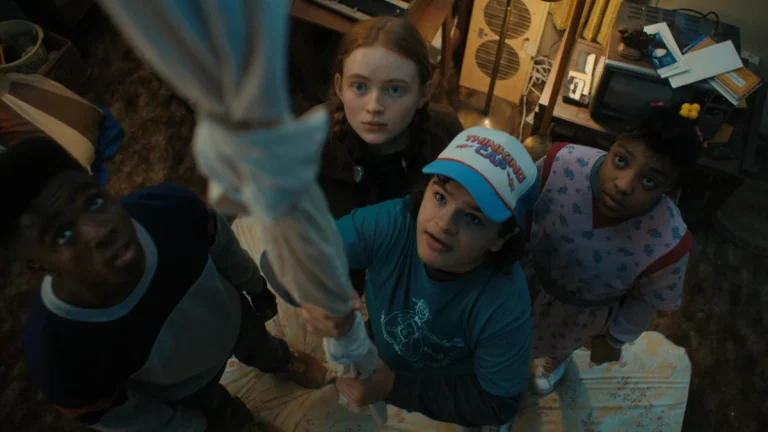“To-morrow, and to-morrow, and to-morrow,
Creeps in this petty pace from day to day,
To the last syllable of recorded time;
And all our yesterdays have lighted fools
The way to dusty death. Out, out, brief candle!”
William Shakespeare needs no introduction. The celebrated Elizabethan poet and playwright has had an overarching impact on art and literature for centuries. “Macbeth,” often called by other names such as “The Tragedy of Macbeth” and “The Scottish Play”, is one of the four classic tragedies penned by Shakespeare (the other three being “Othello,” “Hamlet,” and “King Lear”). Based in medieval Scotland, the play is considered a pinnacle of Renaissance Humanism. At its core, “Macbeth” chronicles the meteoric rise and subsequent downfall of the titular Scottish general. At a deeper level, it can be described as a tragic saga dealing with intense themes of ambition, treachery, supernatural manipulation, and the destructive lust for power.
”Macbeth” is a peculiar play because it is probably the only Shakespearean tragedy without the presence of a distinct villain! Macbeth, the tragic protagonist of the play, himself becomes the antagonist in the second half, consumed by his ‘hamartia’ (tragic flaw), in this case, his ‘vaulting ambition. He, manipulated by the deceiving prophecies of the three witches, takes the catastrophic decision of killing King Duncan. The rest of the play depicts his atrocious rise to tyranny and his eventual fall, caused by his ‘hubris’ (excessive pride). It has been one of the most thought-provoking works of literature in the last millennium, portraying the monstrous side of human nature. This timeless tale has been widely adapted across the decades, not only for the stage but also for celluloid. This list will mention 8 important cinematic adaptations of “Macbeth,” which reflect its eternal brilliance.
8. Macbeth by Justin Kurzel (2015)
Justin Kurzel‘s 2015 film is quite a faithful adaptation of Shakespeare’s text. Kurzel, in most sequences, uses the original lines written by Shakespeare, creating an authentic experience for the viewer. This adaptation is particularly notable for its stark visual language. The Australian cinematographer Adam Arkapaw creates a nightmarish imagery with his distinctive usage of visceral close-ups and dismal wide-angle shots of barren landscapes. This barrenness of terrain symbolises the desolation and emotional sterility of the world the viewer is witnessing. The colour palette also contributes to the film’s visual philosophy.
The oversaturated usage of the colour ‘Red’ in the battle sequences epitomizes the brutality and bloodshed caused by war. Michael Fassbender presents a nuanced yet compelling portrayal of the flawed hero, and Marion Cotillard knits a more subtle interpretation of Lady Macbeth, focusing on the character’s vulnerability. Kurzel observes the play from a modern psychoanalytic lens. Fassbender’s Macbeth is a man tormented by past trauma. Some critics have perceived this as a manifestation of post-traumatic stress disorder. Shakespeare’s play has a subtle indication that Macbeth and Lady Macbeth had a child who might have died. Lady Macbeth exclaims in the middle of an exasperated monologue in Act 1, Scene 7 of the play,
“’I have given suck, and know
How tender ’tis to love the babe that milks me.”
Kurzel’s film expands on this possibility and paints a couple grief-stricken by the loss of a child. This inclusion appends an additional emotional layer to the narrative. This visually enriching adaptation suffers from its overambitious nature and disoriented screenplay, but still remains a memorable audio-visual experience.
Important Read: 10 Essential Books That Teach You More Than Film School Ever Could!
7. Scotland, PA by Billy Morrissette (2001)
This unconventional adaptation changed the setting of the play from medieval Scotland to 1970s Pennsylvania. The basic plot of this film centres around Joe and Pat McBeth working in a fast-food restaurant under Norm Duncan. Joe Mac, an outstanding yet underconfident cook, motivated by his more ambitious wife, decides to kill his employer in order to take over as the in-charge of the restaurant. “Scotland PA” is an extremely hilarious retelling of the play. Who would have imagined that a dismal tragedy like “Macbeth” could be adapted into a dark comedy? Billy Morrissette attempts this virtually impossible task and inadvertently succeeds. The integration of the musical treatment further enhances the experience.
It is a brave, subversive adaptation of Shakespeare where the three witches are substituted with three stoner hippies and Macduff’s character is imagined as a detective (significantly, a vegetarian detective). This adds an investigative layer to the film. James Le Gros and Maura Tierney deliver unpredictably funny performances, and not to forget Christopher Walken’s entertaining portrayal of Lieutenant McDuff. The whole film is presented like a parody version of the original play, where serious sequences are treated with comic zeal. Even a pivotal sequence like the murder of Norm Duncan is presented like a darkly comic scene where the couple creates a chaotic atmosphere while committing the murder, and later tries to frame the murder as an instance of robbery.
Nonetheless, the film focuses on serious themes like guilt and paranoia. The ending of “Scotland PA” is quintessentially ridiculous as well, where McDuff finally takes over the restaurant, overthrowing Joe, and converts it into a vegetarian café as expected! Billy Morrissette’s film has always been a nightmare for the orthodox followers of Shakespeare and the classicists who consider it to be irreverent towards the original play. Some found the execution to be highly uneven, but I personally have always found this film to be a very interesting appropriation of the play. Morrissette creates his own unique world without hampering the overall essence of the root text. It questions the unidimensional interpretation of a literary text that gives rise to rigidity.
6. Macbeth by Roman Polanski (1971)
The visionary Polish-French filmmaker, Roman Polanski, who had already shaken the whole world with powerful films like “Repulsion” and “Rosemary’s Baby”, directed this adaptation of “Macbeth” in 1971. This film has been specifically controversial ever since its release for its graphic and unabashed depiction of violence and nudity. Polanski’s version is also notable for its realistic depiction of action set pieces, especially the concluding duel between Macbeth and Macduff, which is so brutal that it makes the viewer feel exhausted after a certain point in time.
Polanski does not deviate narratively from the original but uses his characteristic visual style to make it distinguishable from all the other adaptations. The film has a certain hallucinatory tone caused by its delirious editing pattern. Polanski, much like his previous films, uses silence as an equally important element as dialogue. The eerie silence in many sequences creates a disorienting experience. The ‘floating dagger’, which is an important image in the play itself, becomes a central symbol in the film. It gets introduced as an allegory of Macbeth’s guilt after murdering Duncan, leading him to the realm of insanity.
This adaptation has an overtly dark and depressing tone. This is something that many critics have explained as a reflection of Polanski’s distressed mental state following the infamous murder of his wife, Sharon Tate, and their unborn child. The devastating incident and its psychological impact on Polanski may have contributed to the nightmarish approach of the film. Jon Finch and Francesca Annis play the central characters of Macbeth and Lady Macbeth, respectively. The film, instead of just focusing on external conflicts, deals with the internal turmoil experienced by the couple. There is a certain moment in the film where all the characters look at each other with a tinge of suspicion after receiving the news of King Duncan’s death. This scene acts as an integral metaphor for mutual disbelief and tension among individuals in the post-modern world.
Note from High on Films:
Roman Polanski remains a convicted rapist who fled justice, and his crime cannot be separated from his legacy. At the same time, we recognize that a film often travels beyond the circumstances of its creator, taking on its own cultural and artistic journey. Our inclusion of Macbeth (1971) here is not an endorsement of the man, but an acknowledgment of the work’s place within cinema history.
5. Joe MacBeth by Ken Hughes (1955)
Let’s talk about another liberal adaptation of the Shakespearean classic. Ken Hughes took the crux of Shakespeare’s play, contemporised the source material to place it in a modern world, and created his own riveting crime drama. “Joe MacBeth” chronicles the story of the titular character, a mobster, and his wife Lily, driven by their highly enterprising aspirations. The film is set in the American underworld of the 1930s during the Great depression. The three witches here are embodied by a single fortune teller, an expert in reading tarot cards, who prophecies Joe’s unforeseen rise in the mob world.
The protagonist, overwhelmed by this prediction and the additional instigation of his power-hungry wife, decides to murder his boss, Kingpin Duca. The remaining portions of the film outline how Joe’s character gets entangled in a quagmire of guilt and retribution. Hughes’ adaptation is a much more realistic depiction of the play with a visible stylistic influence of ‘Film Noir’. The gritty crime world is portrayed with utmost authenticity and believability. Following the conventions of Neo-Noir, Lily Hughes’ Lady Macbeth figure emerges as a quintessential femme fatale, her allure and quiet manipulation pushing her husband toward ruin. Opposite her, Paul Douglas renders Joe with remarkable subtlety, capturing the vulnerability, hesitation, and moral erosion that make his downfall so affecting.
Ruth Roman delivers a fantastic performance as the manipulative wife. The film was made in Britain with primarily American actors and received mixed reactions. Some praised it for its modernistic approach, while others criticised it for lacking the poetic depth of Shakespeare. Nonetheless, “Joe MacBeth” is remembered as a smart, concise, and honest retelling of the illustrious tragedy.
4. The Tragedy of Macbeth by Joel Coen (2021)
Joel Coen’s film is remarkable in its own regard for being the first proper cinematic adaptation of Macbeth starring a black actor in the titular role. Orson Welles’s 1936 path-breaking stage adaptation of the play titled “Voodoo Macbeth” is also mentionable here. The theatre production was set against the backdrop of a Caribbean island and featured an all-Black cast. Coen’s film, starring Denzel Washington as Macbeth, is the first ever film adaptation to take this subversive step. The film stands as an attempt to rupture the long-entrenched tradition of White supremacy and cultural hegemony. Its stark monochrome palette reinforces this defiance, imbuing the narrative with both austerity and resistance.
The minimalist, often otherworldly set design creates a perpetual appeal. Cinematographer Bruno Delbonnel used the archetypal ‘Academy Ratio’ (1:37:1) along with the clever utilization of shadow to enhance the enchanting nature of the film. This adaptation takes the characterisation of the witches to a more psychologically nuanced level. The three witches of the play are amalgamated in one body with three distinct voices, played by a single actress (Kathryn Hunter). The partially human, partially crow-like hybrid entity is presented as a projection of Macbeth’s internal perplexity.
Elements of theatre and cinema seamlessly intermingle with each other to create a unique experience. Multiple sequences are staged with a tone of theatricality that, instead of being distracting, enhances the overall appeal. Much like Kurzel, Coen also uses the original lines of Shakespeare. The monologues are often delivered in a heightened, exaggerated style, transcending the traditional realm of realism. Overall, “The Tragedy of Macbeth” is a classical yet innovative retelling of the play with a special emphasis on mortality and the inevitability of providence.
3. Maqbool by Vishal Bharadwaj (2003)
The first film in Vishal Bharadwaj’s ‘Shakespeare Trilogy’, “Maqbool”, is a seminal adaptation of the play. Bharadwaj situates the story in the Mumbai underworld. The film revolves around Miyan Maqbool, the believable henchman of Jahangir Khan (predominantly called ‘Abba Ji’), who has an illicit relationship with Nimmi (Abba Ji’s mistress). When Maqbool is prophesied to soon take over the throne of Abba Ji, his internal desires start tormenting him. Maqbool finally convinces himself to kill Abba Ji, not only out of ambition to claim his authoritarian position but also as a means of winning his lady love. Vishal Bharadwaj makes an audacious narrative choice by changing the relationship status of the lead pair. Unlike the play where they are depicted as married couples, Bharadwaj’s film portrays Lady Macbeth (here, Nimmi) as the concubine of Duncan (here, Abba Ji), who is secretly in love with Macbeth (here, Maqbool).
The film is adorned by a stellar cast. Irrfan Khan plays Maqbool, capturing all the minute shades of the character; Tabu plays Nimmi with sheer delicacy; and a fantabulous Pankaj Kapoor plays Abba Ji, a role that brought him his third National Award. The three witches are replaced by two corrupt police inspectors (one of them capable of making astrological predictions) portrayed masterfully by two of the veterans of Indian cinema, Om Puri and Naseeruddin Shah. These two unpredictable police officers act as mediators between the world of law and lawlessness. “Maqbool” notably sheds light on the infiltration of the crime world in the entertainment industry of Mumbai until the early 2000s.
Macbeth in the play is made ‘Thane of Cawdor’ by King Duncan, thus materialising the first prophecy of the witches. Maqbool in the film is given the charge of ‘Bollywood’ by Abba Ji in a similar situation. It becomes quite clear that a significant estate of medieval Scotland shown in the play has been substituted by Bollywood in the film, proving its significance in the narrative. “Maqbool” remains important for sculpting an authentic depiction of the crime world and reimagining Shakespeare’s classic tragedy. The character of Maqbool is not painted as a unidimensional tyrant driven by ambition. He, despite his obvious flaws, can also be seen as a victim of circumstances and manipulation.
2. Macbeth by Orson Welles (1948)
Orson Welles, who had previously adapted “Macbeth” for the stage, went on to direct his faithful film adaptation of the play in 1948. Welles specifically emphasised the aspects of guilt and moral decay visible in the character of the valorous Scottish general. The black and white photography, along with a dramatic usage of light and shadow, creates an intense, tragic atmosphere throughout the film. The visual treatment of the film has clear echoes of the expressionistic style characteristic of the director, previously observed in his celebrated directorial debut, “Citizen Kane”. Welles uses meditative voice-overs to explore the internal agony and contrition in Macbeth’s character following his sinful acts. Macbeth exclaims in a seminal section of the play,
“Glamis hath murdered sleep, and therefore Cawdor
Shall sleep no more; Macbeth shall sleep no more”
Welles’s Macbeth, embodied by himself, is similarly presented as a man devoid of peace and contentment. Orson Welles omitted multiple sections of the play to construct a highly contracted version of the original without affecting the very essence of Shakespeare. Elements of ‘Voodooism’ and parallel African occult traditions were integrated into the ritual sequences featuring the witches to enhance the supernatural layer of the film.
This innovative integration was previously visible in Welles’s aforementioned stage adaptation of the play called “Voodoo Macbeth”. Jeanette Nolan played the challenging role of Lady Macbeth in her very first film and imparted the character with her hypnotic presence. Dan O’Herlihy, Edgar Barrier, and Roddy McDowall, among others, feature in seminal characters as well. Orson Welles’s “Macbeth” is a classic in its truest sense for its Gothic visual approach, substantial use of symbolism, and more humanistic portrayal of the blemished hero.
1. Throne of Blood by Akira Kurosawa (1957)
Akira Kurosawa’s glorious film “Throne of Blood” remains the greatest cinematic adaptation of “Macbeth.” Kurosawa received Shakespeare’s text with utmost sincerity but appropriated it in accordance with Japanese culture. Despite being adapted from a foreign source, the film never seems detached from Japanese tradition and heritage. Kurosawa voluntarily changed the setting to feudal Japan and introduced elements of Buddhist philosophy, making it more relatable to the native Japanese audience.
Toshiro Mifune plays the brave samurai warrior Taketoki Washizu, while Isuzu Yamada portrays his guileful wife, Lady Asaji. The film follows the basic plot of Shakespeare’s play with ample authenticity, but Kurosawa introduces his own aesthetic vision to it. Structurally, it was highly influenced by ‘Noh Theatre’, a hyper-stylized form of Japanese classical theatre—most prominently visible in Lady Asaji’s mask-like portrayal.
Kurosawa’s immersive usage of fog in the initial moments creates breathtaking imagery on screen. This fog acts as a symbol of the moral and ethical ambiguity of the characters. Washizu (Macbeth) and his companion Miki (Banquo) confront a supernatural entity in the dense, obscure woods—a confrontation that transforms their lives. The three witches of “Macbeth” are presented here as a single androgynous forest spirit who functions as a soothsayer. Unlike Shakespeare’s interpretation, this supernatural entity is not inherently evil but an embodiment of nature. The prophecy sequence feels almost ethereal.
Kurosawa skilfully captures themes of deception and paranoia through his enveloping visual style. Shakespeare’s play contains the famous moment when Birnam Wood starts moving towards Dunsinane Hill. Kurosawa creates a surreal cinematic manifestation of this, where an entire forest seems to advance towards Washizu’s fortress. The film focuses more on visual storytelling, weaving salient metaphors into its fabric. The ending, where Toshiro Mifune’s character is attacked by a shower of arrows, remains one of the most haunting climax sequences of all time. Through this sensitive adaptation, Kurosawa showcases the universality of tragedy as a genre.

